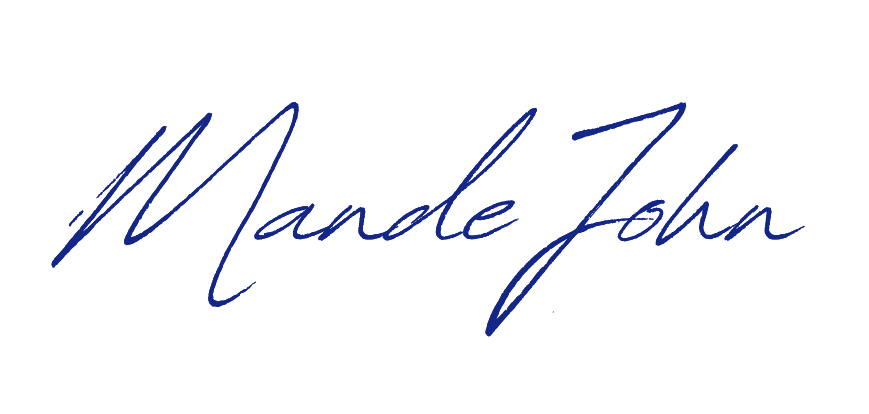When was the last time you felt an overwhelming urge to check your phone during an important meeting? Or perhaps found yourself mindlessly scrolling through emails instead of tackling that high-priority project?
For professionals—especially those with ADHD or high-stress positions—these impulses can significantly impact productivity, decision-making, and career trajectory. The good news? Managing these urges isn’t about willpower or discipline—it’s about understanding the neuroscience behind them and employing evidence-based strategies to work with your brain rather than against it.
The Executive Function Connection
Impulse control sits at the intersection of several executive functions, most notably inhibition and working memory. For professionals with ADHD, this presents a unique challenge, as Dr. Russell Barkley’s research shows the prefrontal cortex—the brain region responsible for these functions—often processes differently.
The key insight isn’t that some professionals lack willpower—it’s that different brains require different strategies for managing the same challenges.
Understanding the Urge Cycle
Before diving into management techniques, it’s important to understand what an urge actually is. According to neuroscience research, an urge consists of three components:
- Physical sensations in the body
- Emotional responses (often anxiety or restlessness)
- Cognitive thoughts (“I need this now,” “Nothing else matters”)
What makes urges feel unbearable is our misinterpretation of them as permanent states rather than temporary waves. This misconception leads to immediate action to alleviate discomfort, rather than strategic response.
Three Evidence-Based Techniques for Professional Settings
1. Urge Surfing: The Wave Methodology
Harvard neuroscientist Dr. Judson Brewer’s research on habit loops introduced the concept of “urge surfing”—a mindfulness-based technique with particular relevance for professionals.
The Process:
- Notice the urge arising (to check email, scroll social media, etc.)
- Observe the sensations without judgment
- Recognize the wave-like nature—it will peak, then naturally recede
- Allow the urge to diminish without acting on it
Professional Application: During high-stakes presentations or important meetings, small distractions can derail your focus. By treating these urges as temporary waves rather than emergencies requiring immediate action, you maintain presence and control.
2. Strategic Micro-Challenges
Research from the Stanford Behavior Design Lab shows that starting with small, achievable challenges builds neurological pathways that strengthen over time.
The Process:
- Set intentionally small challenges (e.g., “I’ll sit with this urge for just 5 minutes”)
- Focus only on the present challenge, not long-term change
- Acknowledge completion and celebrate small victories
- Gradually increase duration as comfort develops
Professional Application: When facing the urge to procrastinate on complex projects, set a micro-challenge: “I’ll work on this for just 10 minutes.” This bypasses the brain’s resistance to large tasks while building momentum.
3. Future-Focused Decision Framework
A technique from cognitive behavioral therapy helps professionals evaluate urges against long-term consequences by asking a simple but powerful question:
The Process: Ask yourself: “What negative consequences am I accepting if I act on this urge?”
Professional Application: When tempted to skip preparation for an important meeting or send an emotional email, this question frames the momentary relief against potential career impacts, relationship damage, or missed opportunities.
Implementation for the Professional Environment
For Individual Contributors:
- Create designated “deep work” periods where you practice urge management
- Establish visual reminders of your professional goals visible at your workspace
- Develop specific protocols for common urges (email checking, social media)
For Team Leaders:
- Model healthy urge management by openly discussing the challenges
- Create team environments that minimize unnecessary triggers
- Establish communication norms that respect focused work time
For Entrepreneurs:
- Recognize that impulsivity can sometimes spark innovation
- Develop systems to evaluate when to act on impulses versus when to manage them
- Create accountability structures to support consistent practice
The Compound Effect of Consistent Practice
The most encouraging aspect of this work is that it gets easier over time. Neuroscience research on neuroplasticity shows that repeated practice of these techniques literally rewires the brain’s response pathways.
A client I worked with who initially couldn’t resist checking email every few minutes eventually built enough capacity to maintain focus during three-hour strategic planning sessions—a transformation that significantly elevated their professional performance.
Beyond Perfectionism: The Reality-Based Approach
It’s important to note that perfection is not the goal. Even with excellent urge management skills, professionals will occasionally act on impulses. The key difference is awareness and choice—you’re making conscious decisions rather than automatic reactions.
Research from the Yale Emotional Intelligence Project shows that this awareness itself—even before behavioral change—improves decision quality by 23%.
Getting Started Today
Begin with these simple steps:
- Identify your most common professional urges
- Select one urge to practice managing this week
- Choose one technique from this article to implement
- Document your experience to build awareness
Remember that managing urges isn’t about fighting or suppressing them—it’s about understanding their temporary nature and making choices aligned with your professional goals rather than momentary discomfort.
The ultimate goal isn’t to never experience urges—it’s to develop the capacity to choose your response based on what matters most to your professional success.
What workplace urges most impact your professional performance? Share your experiences in the comments below—I’d love to hear what strategies have worked for you.
#ExecutiveFunction #ProfessionalDevelopment #ProductivityStrategies #ImpulseControl #WorkplacePerformance



